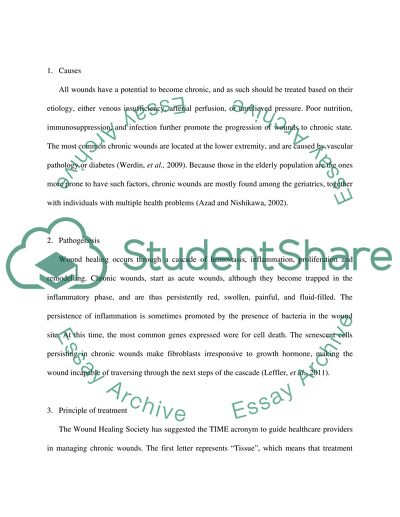Cite this document
(“Effectiveness of topical negative pressure for treating chronic wounds Dissertation”, n.d.)
Effectiveness of topical negative pressure for treating chronic wounds Dissertation. Retrieved from https://studentshare.org/health-sciences-medicine/1402714-effectiveness-of-topical-negative-pressure-for
Effectiveness of topical negative pressure for treating chronic wounds Dissertation. Retrieved from https://studentshare.org/health-sciences-medicine/1402714-effectiveness-of-topical-negative-pressure-for
(Effectiveness of Topical Negative Pressure for Treating Chronic Wounds Dissertation)
Effectiveness of Topical Negative Pressure for Treating Chronic Wounds Dissertation. https://studentshare.org/health-sciences-medicine/1402714-effectiveness-of-topical-negative-pressure-for.
Effectiveness of Topical Negative Pressure for Treating Chronic Wounds Dissertation. https://studentshare.org/health-sciences-medicine/1402714-effectiveness-of-topical-negative-pressure-for.
“Effectiveness of Topical Negative Pressure for Treating Chronic Wounds Dissertation”, n.d. https://studentshare.org/health-sciences-medicine/1402714-effectiveness-of-topical-negative-pressure-for.


